Historical architecture in France: castles, churches, and manors of Brittany from the 11th to the 19th century
This collection brings together buildings that demonstrate seven centuries of Breton architecture, from the Middle Ages to the modern era. In Brittany, especially in Finistère and its surroundings, these constructions reflect the evolution of techniques and architectural tastes over time. Romanesque churches like the Priory of Locmaria in Quimper, founded in the 11th century by Benedictine monks, Gothic structures such as the Saint-Corentin Cathedral with its two 75-meter towers are present, as well as Renaissance homes like the Kerazan Manor in Loctudy, which retains its original decor. Local materials, notably granite and slate, characterize these buildings and give them a strong regional identity. Some buildings now house museums, such as the former Episcopal Palace of Quimper, which hosts collections from the Breton Departmental Museum, or Kerazan Manor with its Breton artworks. Other sites combine architecture and gardens, like the Lanniron Castle with its 17th-century French-style gardens or Trévarez Castle surrounded by wooded parks. These sites enable visitors to understand Brittany’s architectural history and offer a journey through the centuries.
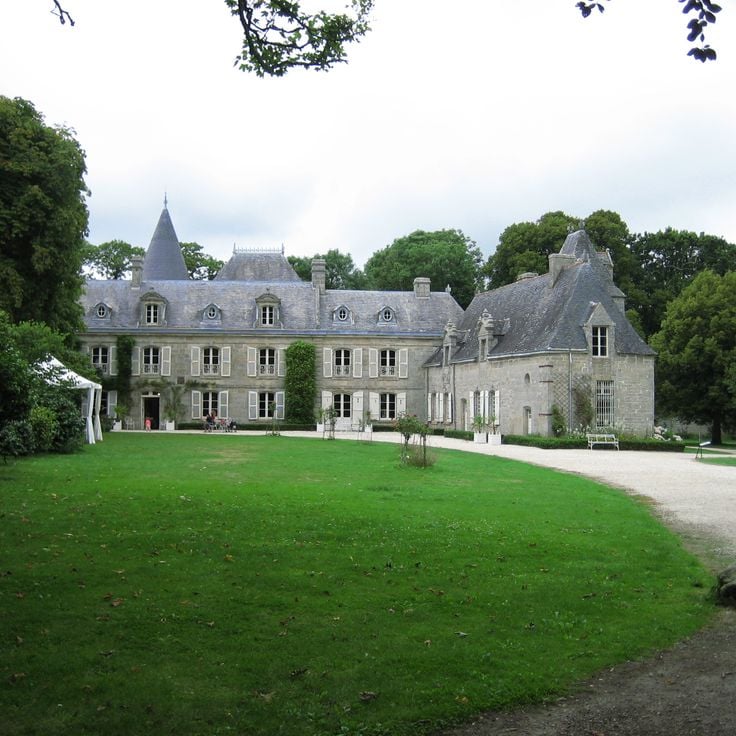
Loctudy, France
The Manor of Kerazan was built in the 16th century and houses a collection of Breton paintings, furniture and decorative objects. The residence is surrounded by a formal garden in the French style, featuring several centuries-old trees.

Clohars-Fouesnant, France
The Castle of Cheffontaines was erected in the 15th century and features architectural characteristics of the late Gothic period. The structure includes a tower built in stone masonry, illustrating the construction methods of this era.
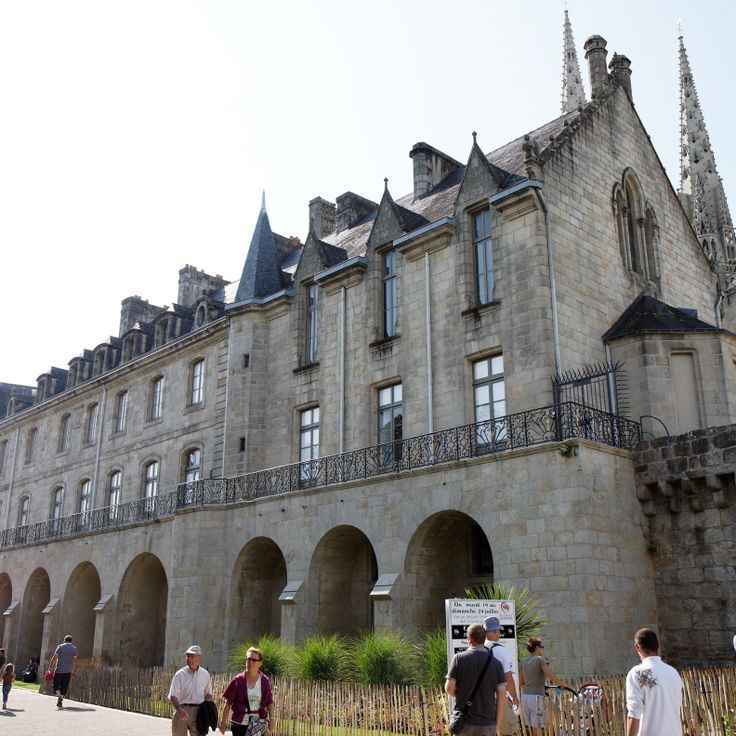
Quimper, France
This 15th-century palace now houses the Musée Départemental Breton, which presents extensive collections of Breton art, archaeology and history. The building was constructed next to Saint-Corentin Cathedral and served as the residence of the bishops of Quimper until the French Revolution.
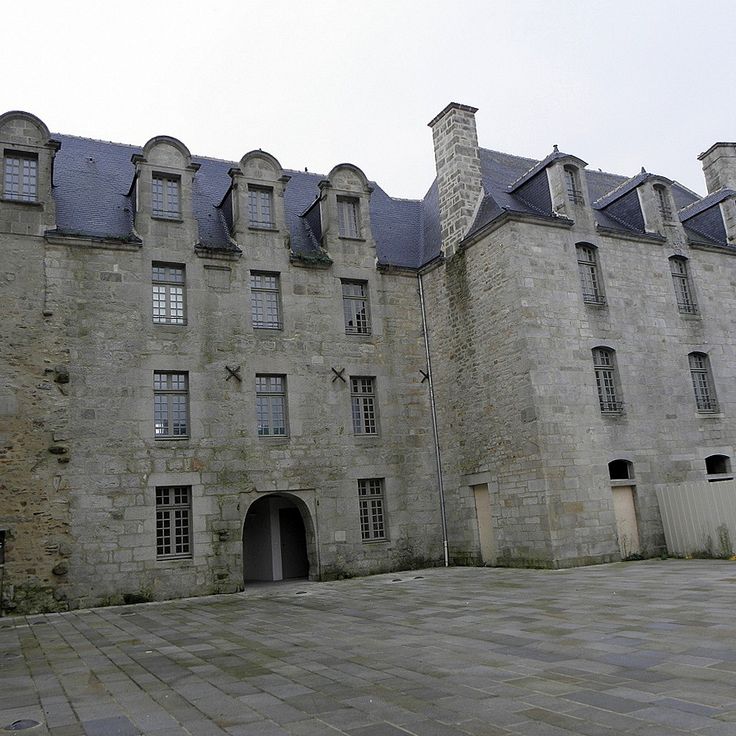
Quimper, France
The Priory of Locmaria was founded in the 11th century as a Benedictine monastery and shows characteristic features of Romanesque architecture in Brittany. The building preserves its original structure with thick stone walls and a simple nave. The complex is among the oldest religious buildings in Quimper and documents the monastic tradition of the region.
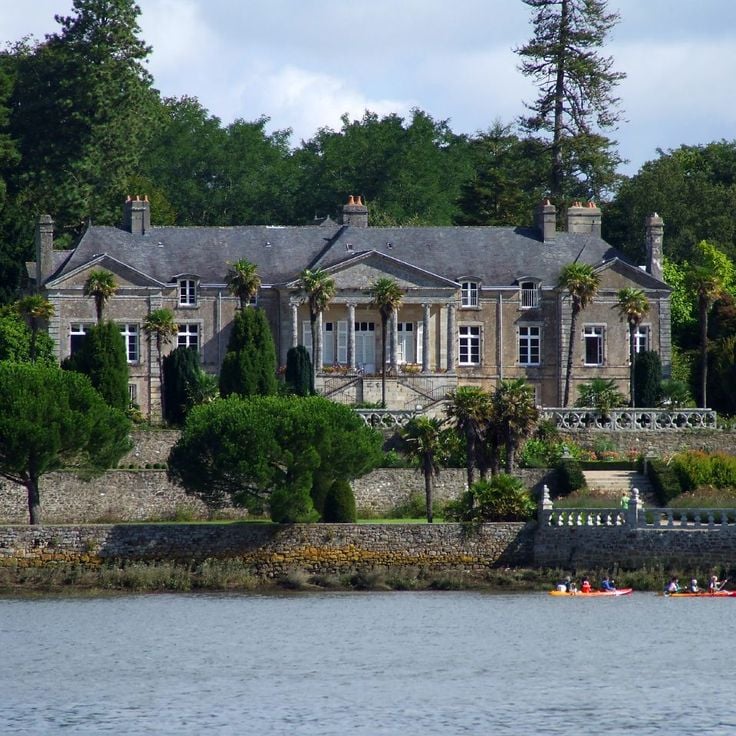
Quimper, France
The Castle of Lanniron was built in the 17th century on the banks of the Odet River. The estate includes gardens designed in French formal style with geometric flower beds, water basins and fountains. The grounds contain an arboretum with a collection of old and rare tree species, as well as several ponds connected by waterways.
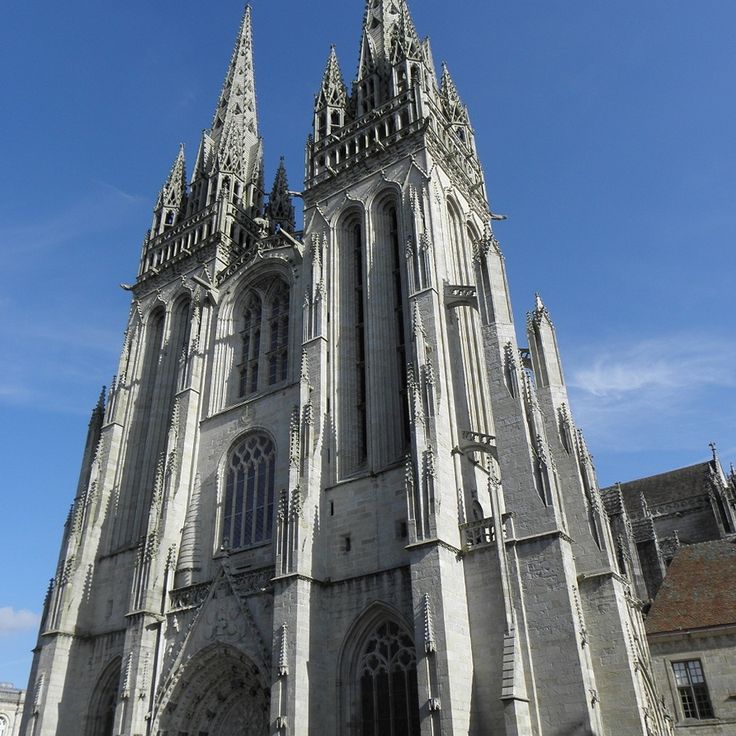
Quimper, France
The Cathedral of Saint Corentin is a Gothic building from the 13th century, characterized by two 75-meter high towers. The structure contains colored glass windows from the medieval period that decorate the interior of this religious monument.
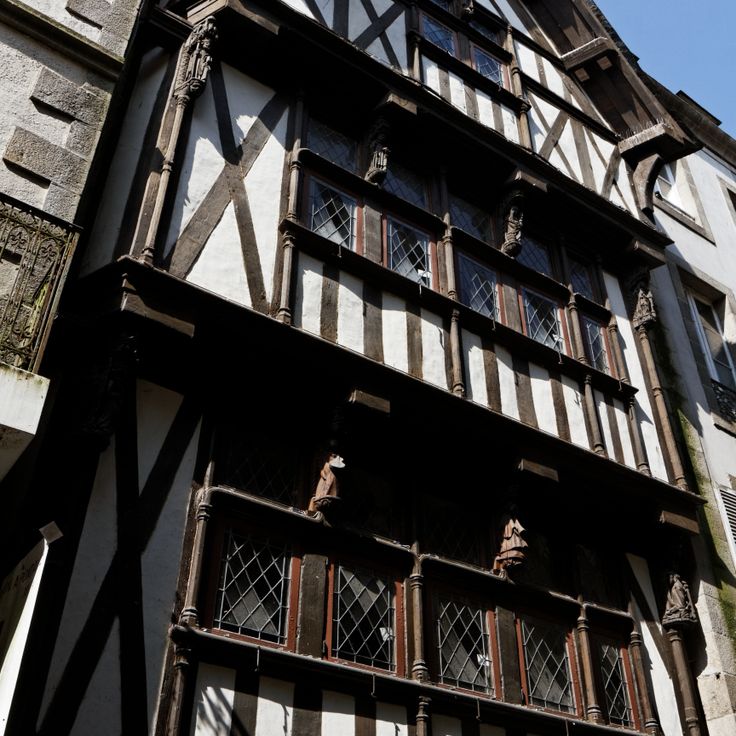
Morlaix, France
The House of the Pondalez is a 16th-century urban residence in Morlaix. The building features a spiral staircase in its courtyard and preserves original wooden paneling from the construction period. This residence represents bourgeois Renaissance architecture in Brittany.
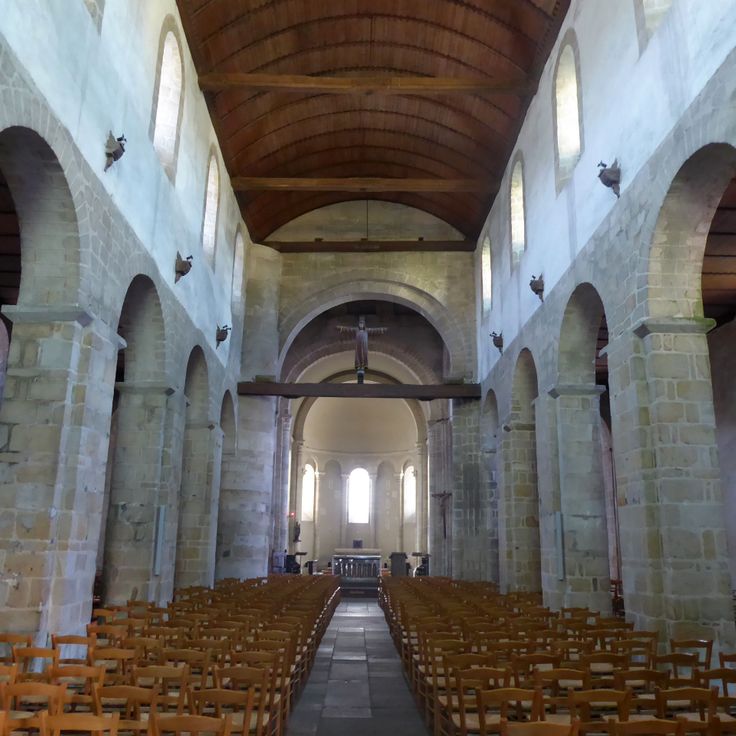
Quimper, France
The Church of Locmaria dates from the 12th century and displays Romanesque architecture with stone columns, round arches and a square tower above the crossing. The building represents the religious construction of the Quimper region from this period.
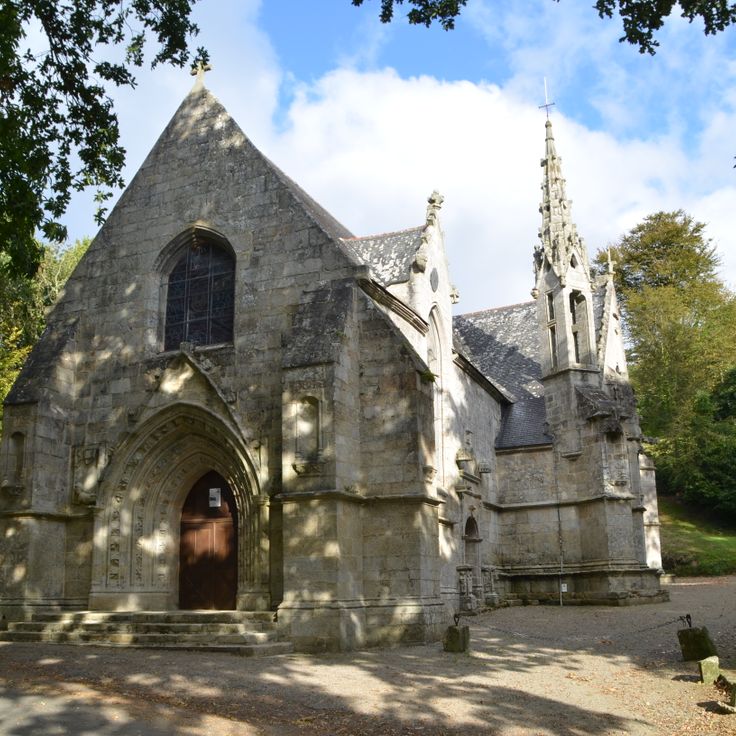
France
The Chapel of Ty Mamm Doué is located in the Finistère department in Brittany. This religious building reflects the Catholic tradition of the region and its religious architecture. The name means "House of the Mother of God" in Breton and references the Marian devotion deeply rooted in Breton culture.
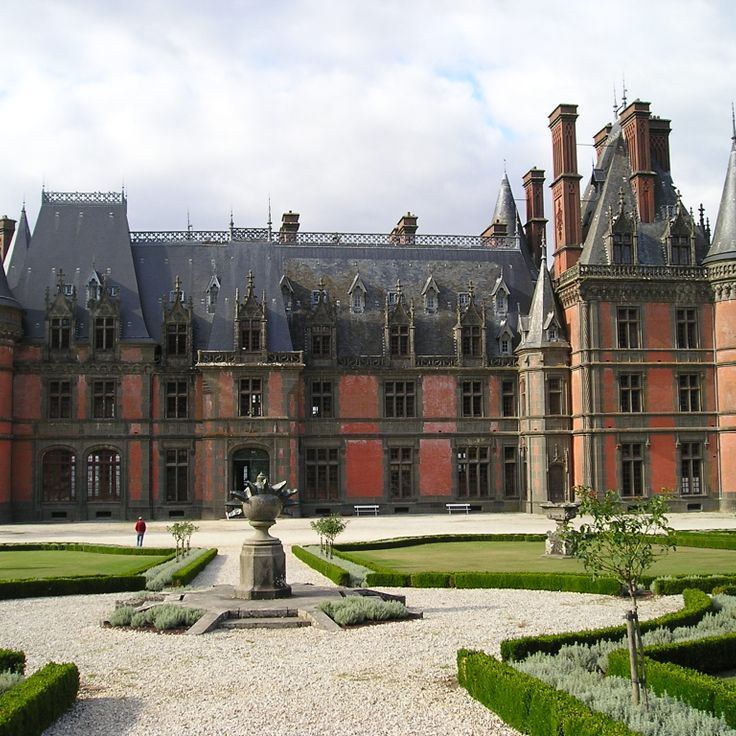
Saint-Goazec, France
The Castle of Trévarez was constructed in the late 19th century from pink granite and stands within an extensive 85-hectare park. The estate combines historical architecture with botanical collections, including camellias, rhododendrons and hydrangeas. The property encompasses woodlands, ponds and tree-lined paths that display different aspects of landscape design throughout the seasons.
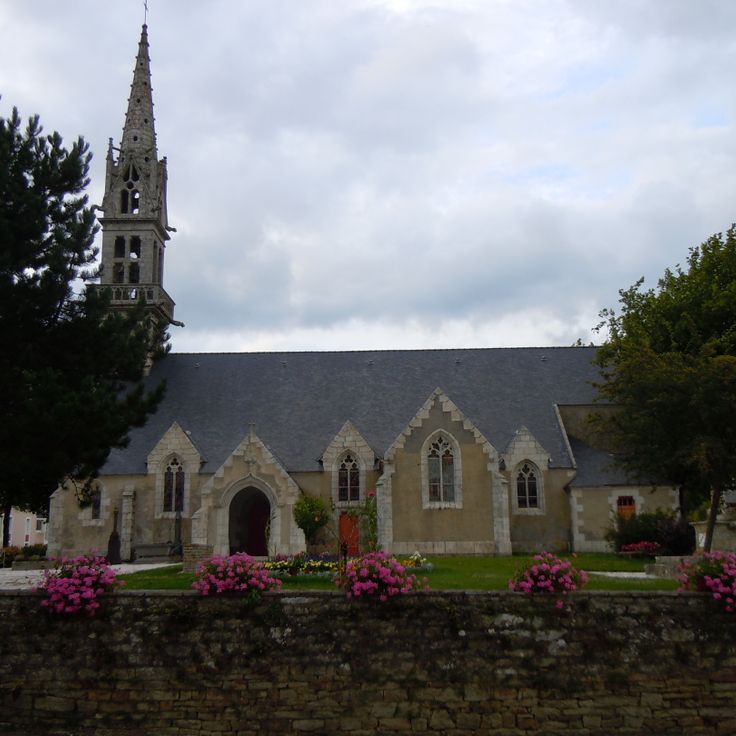
Mellac, France
The Church of Mellac displays Gothic architecture with characteristic pointed arch windows and a stone bell tower. The building features stained glass windows depicting religious scenes. The construction dates from the medieval period and shows typical elements of Breton church design, including a rectangular floor plan and reinforced exterior walls.
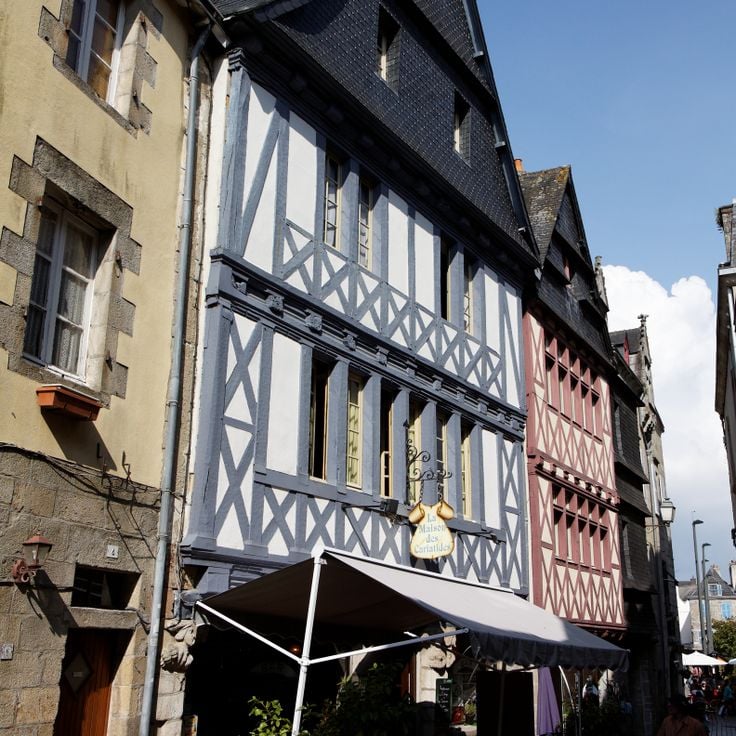
Quimper, France
The Maison des Cariatides is a historic residential building located in the old town of Quimper. Its facade displays four stone caryatids, female sculptural figures serving as supporting columns. These decorative elements reflect the architectural traditions of Brittany and demonstrate the skilled craftsmanship of stonemasons from past centuries.
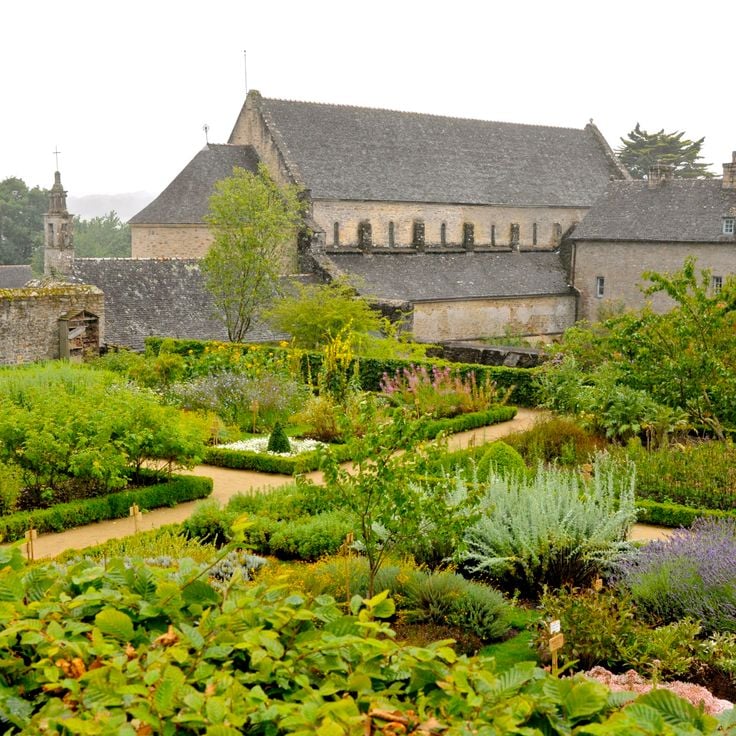
Daoulas, France
The Abbaye de Daoulas was founded in the 12th century and today preserves a Romanesque cloister with carved columns, a Gothic chapel, and a medicinal plant garden cultivating over 300 species for therapeutic and historical purposes. The site serves as a cultural center and regularly hosts temporary exhibitions.

Bignan, France
Kerguéhennec Castle was built in 1710 and features a 175-hectare park with a sculpture garden, several ponds and historical tree-lined avenues. The estate combines classical French architecture with contemporary art and now houses a cultural center.

Vannes, France
The Vannes Walls were built in the 13th century and extend over a length of 2100 meters. This fortification system includes six city gates and forty defensive towers that protect the historic center of the Breton city. The walls connect Gallo-Roman foundations with medieval reinforcements and display various construction phases of urban defensive architecture.

Morlaix, France
The house of Queen Anne was built in 1522 and displays Breton architecture of that period with three tiered galleries and carved wooden decorations on the facades.
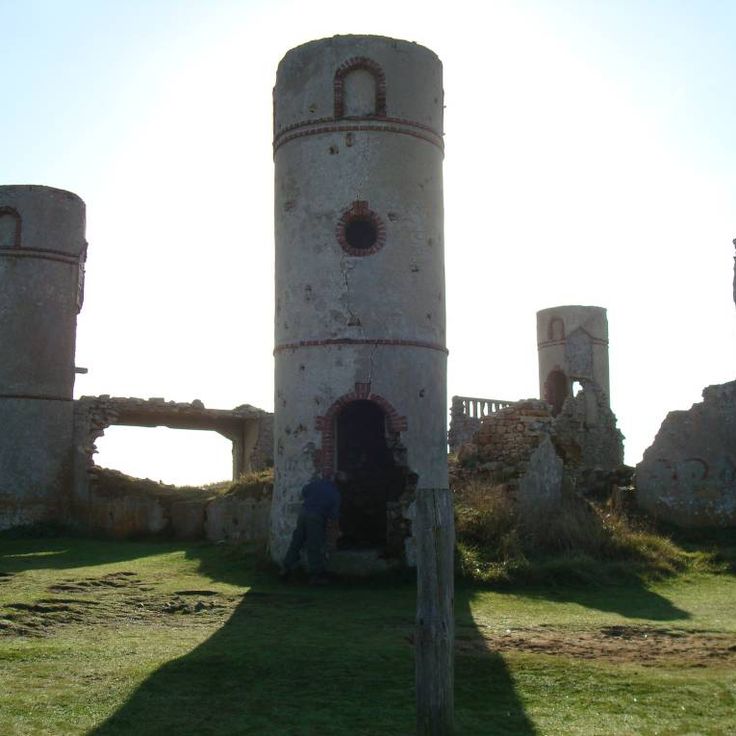
Camaret-sur-Mer, France
The Manor of Saint Pol Roux was built in the early 20th century on a cliff above the Bay of Camaret. The French poet and playwright Saint Pol Roux resided in this property until his death in 1940. The location on the steep coastline provided the writer with inspiration for his symbolist works.
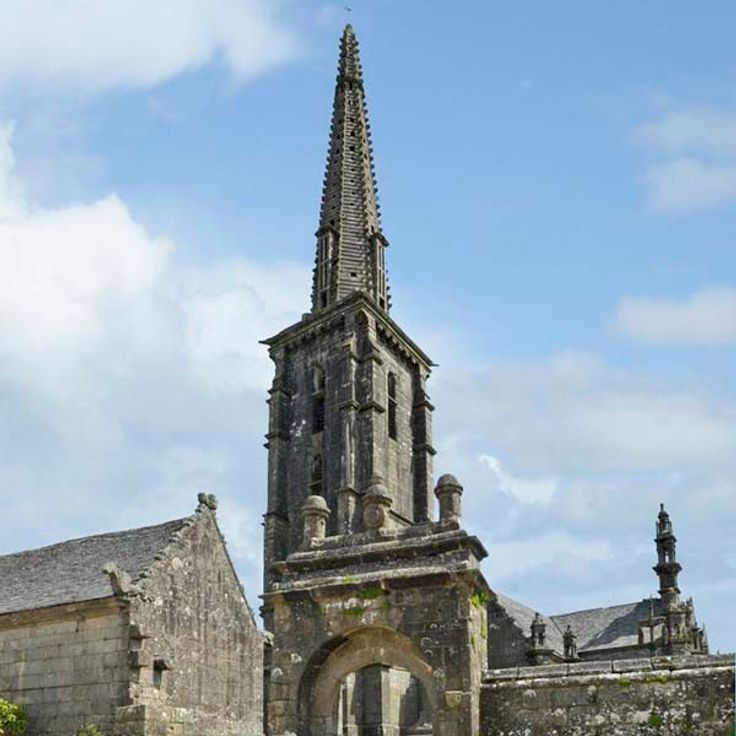
Commana, France
The Church of Commana was built in the 16th century and combines Gothic construction with Renaissance elements. The interior preserves original wood carvings and stonework from the period of construction. The architectural design reflects the transition between these two styles that characterized this era.
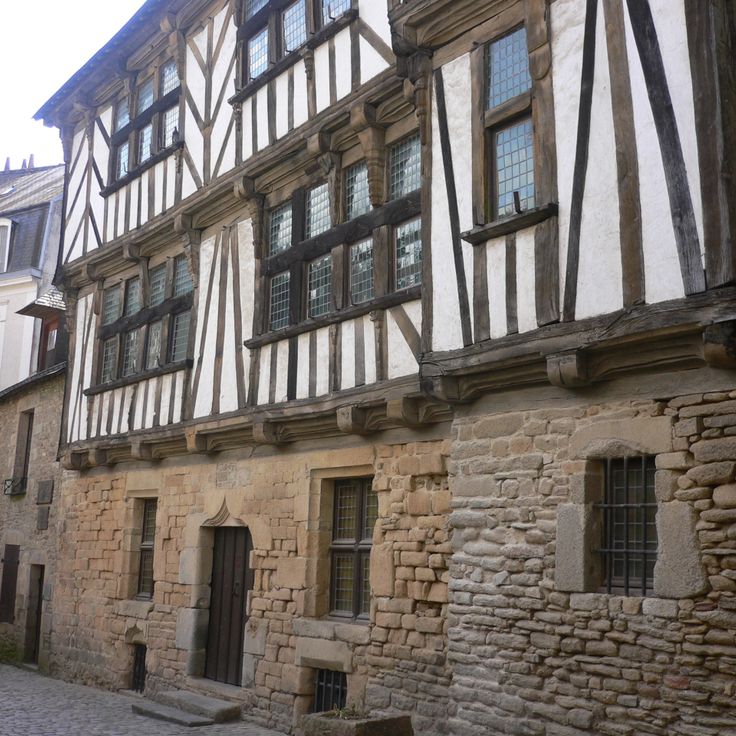
Morlaix, France
The House of the Archers was built in the 16th century and features facade decoration displaying ship representations and nautical motifs. The building combines in its design characteristics of defensive architecture with residential elements and documents the importance of maritime trade for Morlaix during the Renaissance period.

Plounéventer, France
The Manoir de Mézarnou was built in the 16th century and consists of a central tower flanked by two side wings. The adjoining French garden features geometric flowerbeds and includes several fruit trees arranged according to traditional design principles.

Brittany, France
Kergroadez Castle was built in the 17th century and demonstrates the characteristic features of Breton military architecture from this period. The structure includes high defensive walls made of local granite and four massive corner towers that mark the rectangular layout of the building. These towers served both for surveillance of the surrounding terrain and for reinforcing the fortification structure.
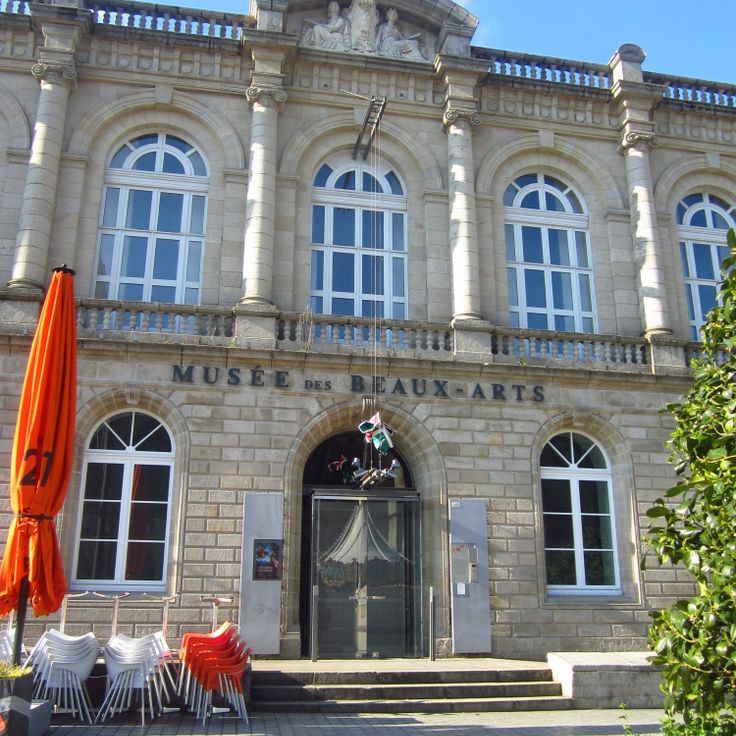
Quimper, France
The Museum of Fine Arts of Quimper presents a collection of French, Italian and Flemish paintings spanning from the 14th to the 20th century. This institution also houses a substantial collection of Breton ceramics that documents the local craft tradition.
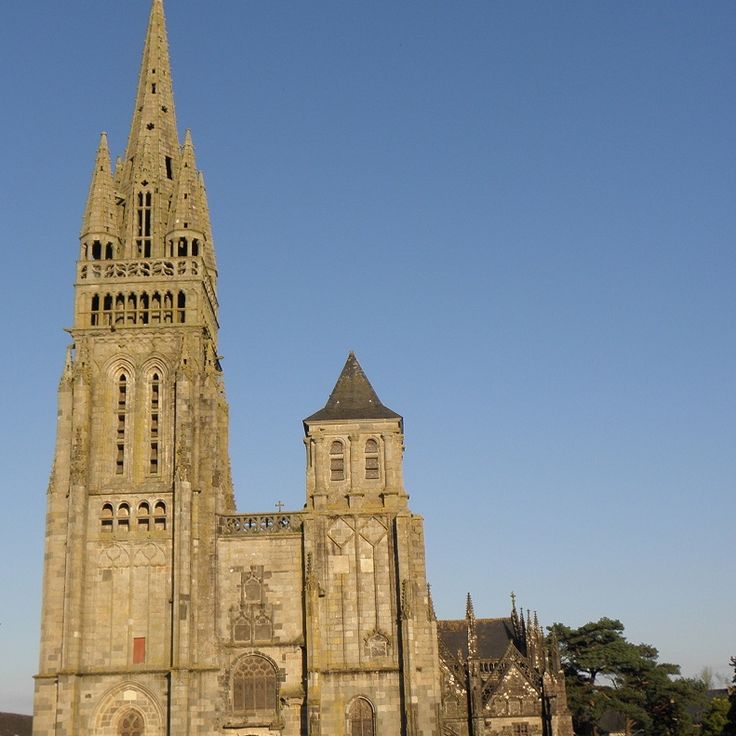
Le Folgoët, France
The Basilica of Folgoët was constructed in the 14th century and displays Gothic architecture with a tall bell tower. The western facade presents detailed stonework featuring religious motifs and sculptural decorations. This building has served as a pilgrimage church for centuries and preserves elaborate ornamental elements from the late medieval period.
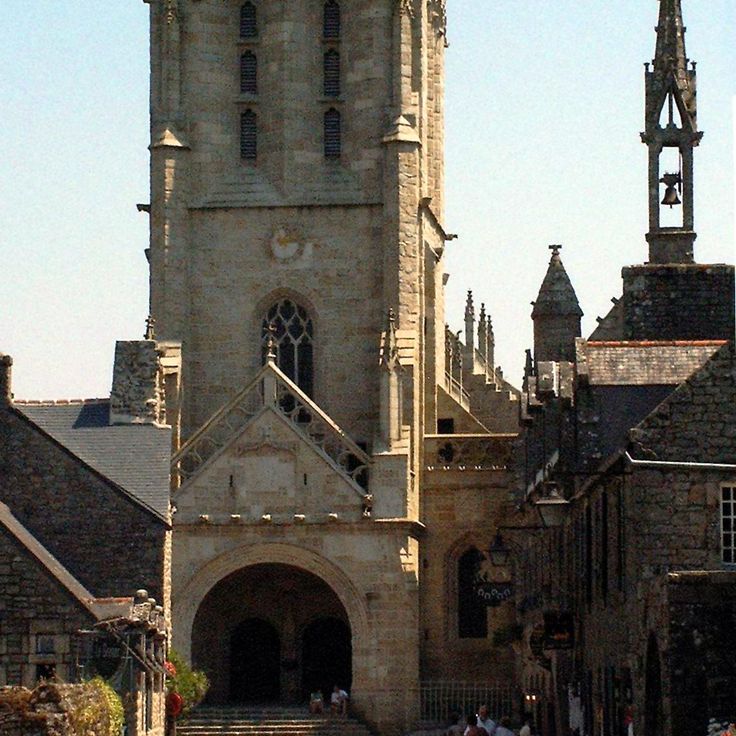
Locronan, France
This church was constructed in the 15th century using regional granite and follows the Gothic architectural style. The rectangular floor plan is organized around tall windows that bring light into the interior space. The granite facade demonstrates traditional Breton stonework techniques from this period.

Chateaulin, France
Built in 1854, this waterway bridge with four stone arches carries the Aulne Canal across the river valley. The bridge spans 130 meters.
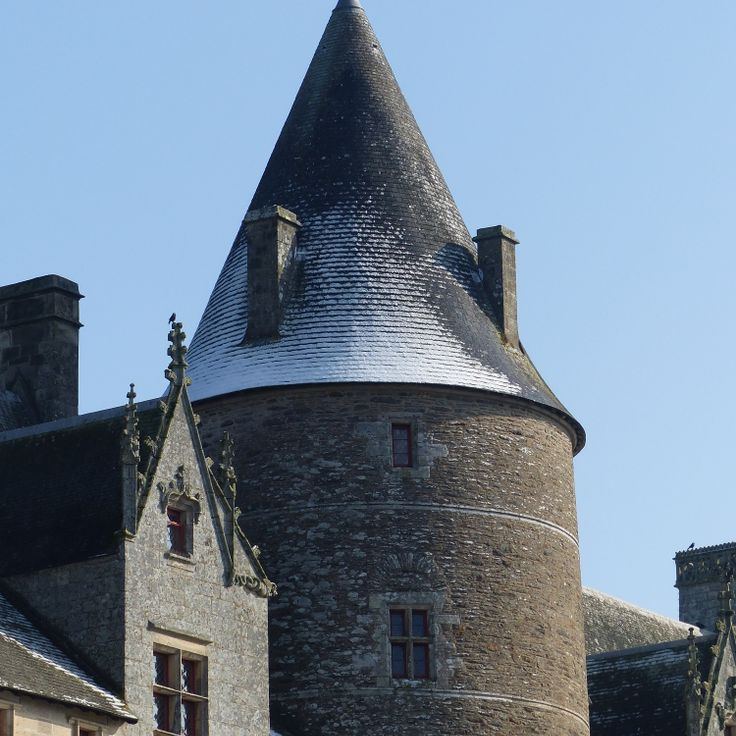
Josselin, France
Josselin Castle is a medieval fortress from the 11th century characterized by three massive towers. The facade displays elaborate Gothic stonework with floral motifs and coats of arms. The castle grounds extend to the banks of the Oust River.